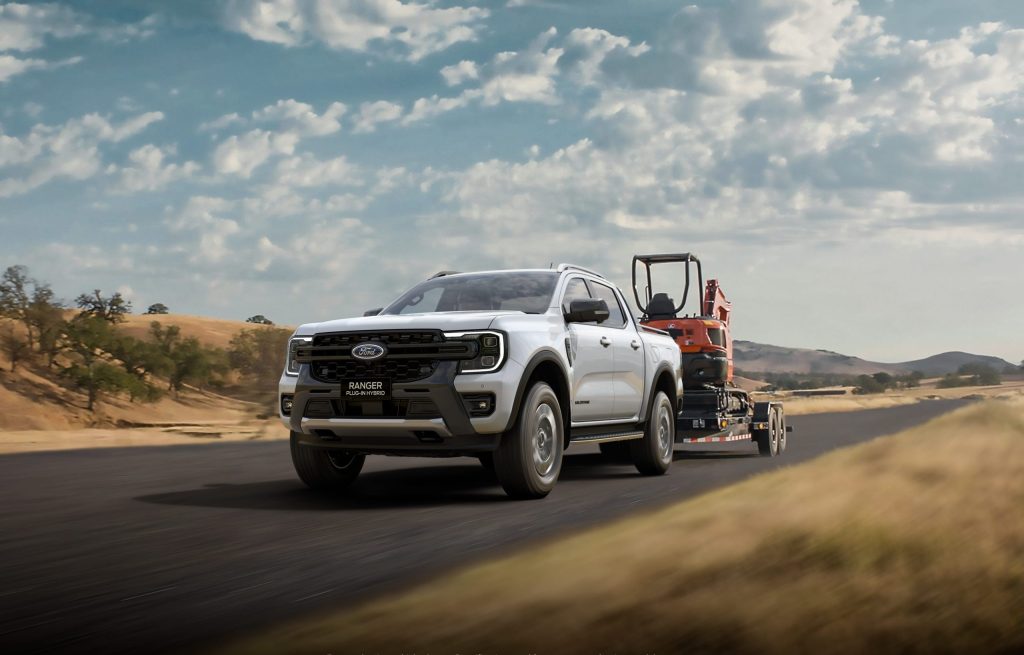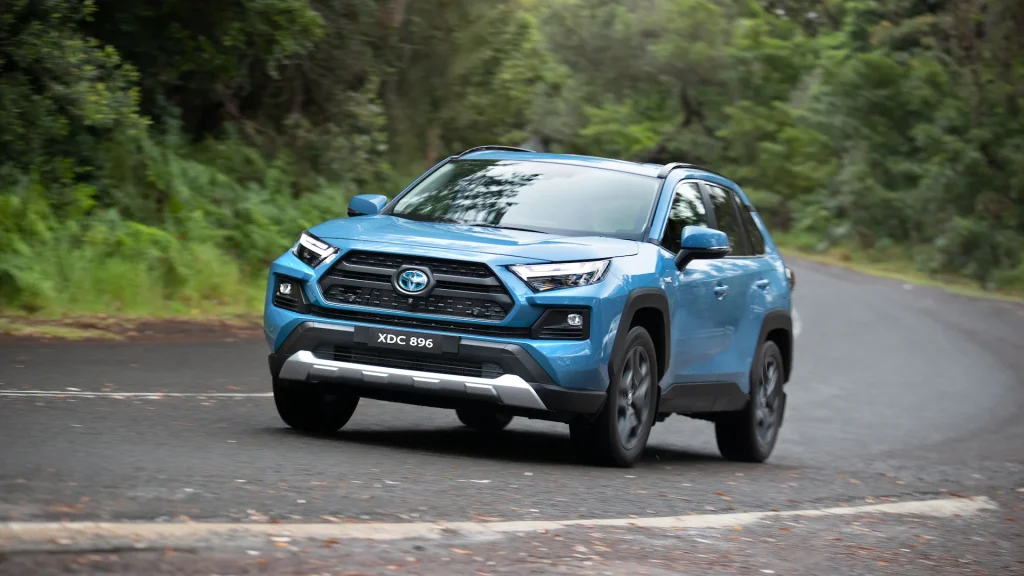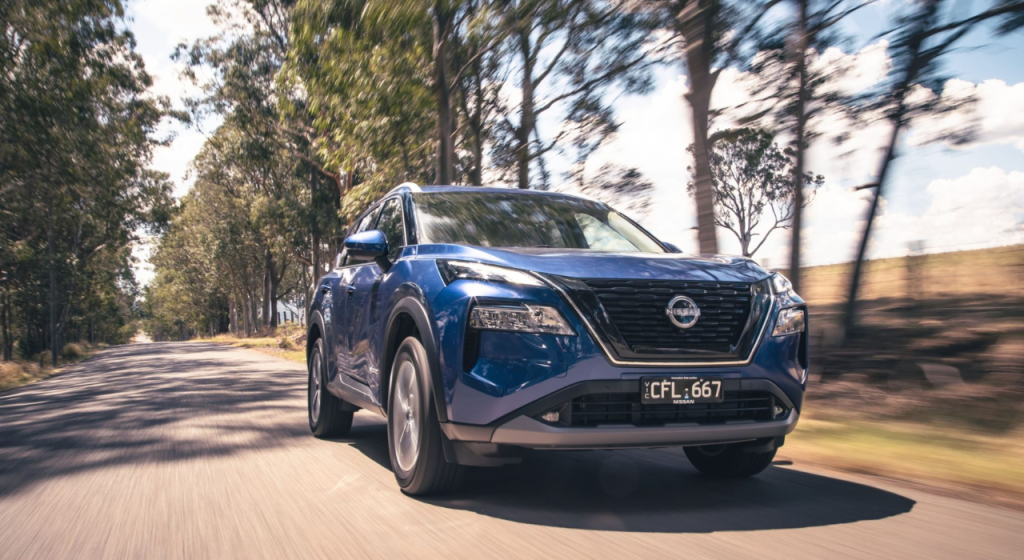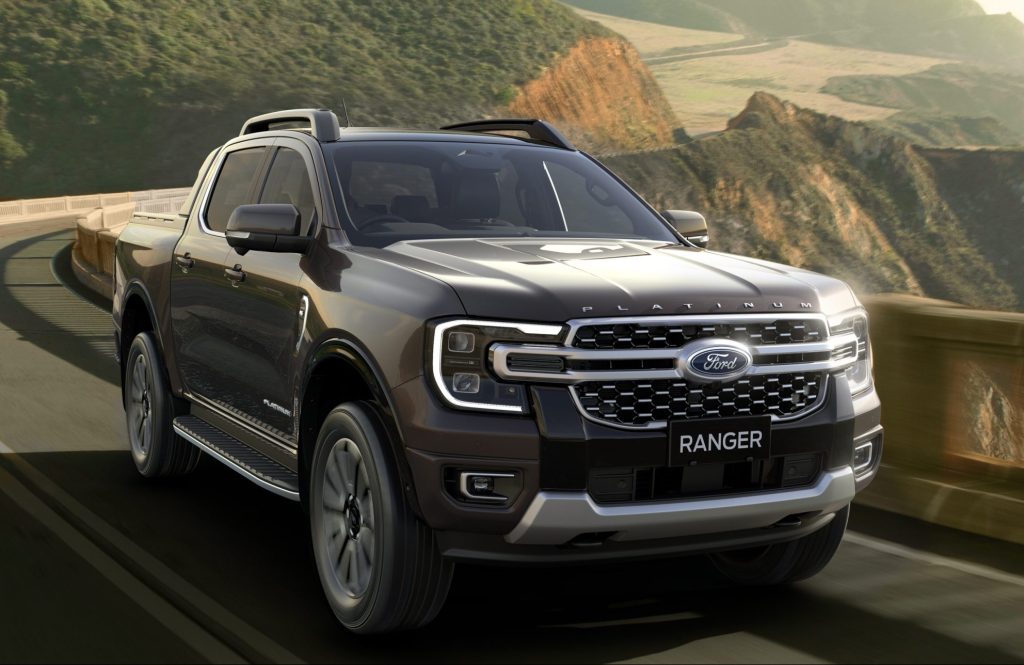This number represents an increase of 14.7% on the same month last year and sits over 4,000 units ahead of the previous July record of 92,754, which was set in 2017, in what is an indication of the continued easing of supply shortages across the country.
These numbers follow a positive trend in recent months, most notably seen in May (a record 105,694) and June (124,926), albeit with these numbers still slightly skewed with the number of backorders continuing to be fulfilled.
Although battery electric vehicles made up 7.0% of all July sales, which is lower than the 8.8% seen last month, the overall proportion of zero and low-emission vehicles increased to 17.9% of the market compared to 16.6% last month.
It was also a massive month for SUVs, which picked up a fraction over 57,000 new registrations (+27.5% compared to last year) to increase its overall market share to just shy of 59%, which sat at 55.3% in June.
Passenger vehicles also saw a 6.9% increase compared to July 2022, but both light and heavy commercial vehicles recorded dips in their comparative sales of 4.0% and 5.8%, respectively.
The trend of increases across all states and territories continued this month, with all enjoying an increase in total sales compared to the corresponding period last year and all bar Queensland (+4.3%) doing so at more than 10%. Tasmania saw the most notable growth at 33.6%, while Victoria (+22.6%), the ACT (+22.4%) and Western Australia (+21.6%) all rose by more than 20%.
Market sales: July 2023
| Category | July sales | % change vs 2022 | Market share % |
| SUV | 57,003 | 27.5 | 58.9 |
| Light commercial | 19,244 | -4.0 | 19.9 |
| Passenger | 17,156 | 6.9 | 17.7 |
| Heavy commercial | 3,456 | -5.8 | 3.6 |
Vehicle sales by state or territory: July 2023
| State/territory | July sales | % change vs 2022 |
| New South Wales | 29,516 | 11.3 |
| Victoria | 27,097 | 22.7 |
| Queensland | 19,719 | 4.3 |
| Western Australia | 9,797 | 21.6 |
| South Australia | 6,612 | 17.0 |
| Tasmania | 1,777 | 33.9 |
| Australian Capital Territory | 1,438 | 22.4 |
| Northern Territory | 903 | 19.4 |
Vehicle brands: July

Toyota continued to trip the gap on last year’s numbers in July, with the 19,191 new vehicle registrations sitting just 1.9% behind those recorded in the same month last year. This result was enough to maintain a gap on the rest of the playing field of almost 11,000.
Mazda kept its firm hold on second place with 8,307 sales for the month (+5.4%), just shy of 1,200 units clear of Ford. The American manufacturer registered 7,109 new car sales (+60.1%) to complete its return to the top three, leapfrogging Hyundai (6,521, -4.0%) in the process.
Kia was unable to shift any of the makers above it, remaining in fifth for the second successive month with 6,150 (-8.4%), while electric vehicle powerhouse Tesla also slid to eighth (3,934, +982.5%) after a sixth-placed finish last month.
MG was the one to take its place with 5,347 (+77.2%), leading the charge for Chinese-made vehicles which accounted for 15,853 (16.4%) of all cars sold in Australia. Meanwhile, Mitsubishi also jumped above Tesla despite continuing to be plagued by supply issues (4,143, -26.3%).
The only other change to the top ten was Isuzu Ute returning to the best-sellers’ list off the back of 3,340 new registrations (+21.5%) at the expense of Volkswagen (2,968, +46.8%).
There weren’t any changes to the makeup of the top ten best-sellers for the year-to-date (YTD), with each manufacturer maintaining their position from June. Toyota increased its lead to over 50,000 vehicles just over halfway through the year with 111,426 units sold, albeit still 20.9% behind its numbers at the same point last year.
While Mazda is also still sitting pretty in second place, the race for third remains a hotly contested one. Kia (45,310, -1.8%) currently occupies that position, Ford is only 19 units behind (45,291, +37.2%), while Hyundai is around 1,000 further back in fifth (44,228, -1.6%).
Best-selling vehicle brands: July 2023
| Brand | July sales | % change vs 2022 |
| Toyota | 19,191 | -1.9 |
| Mazda | 8,307 | 5.4 |
| Ford | 7,109 | 60.1 |
| Hyundai | 6,521 | -4.0 |
| Kia | 6,150 | -8.4 |
| MG | 5,347 | 77.2 |
| Mitsubishi | 4,143 | -26.2 |
| Tesla | 3,934 | 982.5 |
| Subaru | 3,553 | 25.9 |
| Isuzu Ute | 3,340 | 21.5 |
| Volkswagen | 2,968 | 46.8 |
| GWM | 2,564 | 20.5 |
| Nissan | 2,399 | 9.6 |
| Mercedes-Benz | 2,317 | -18.6 |
| BMW | 1,912 | 2.5 |
Best-selling vehicle brands: YTD 2023
| Brand | 2023 sales | % change vs 2022 |
| Toyota | 111,426 | -20.9 |
| Mazda | 58,731 | 1.6 |
| Kia | 45,310 | -1.8 |
| Ford | 45,291 | 37.2 |
| Hyundai | 44,228 | -1.6 |
| Mitsubishi | 34,992 | -26.1 |
| MG | 32,039 | 16.4 |
| Tesla | 29,511 | 533.7 |
| Subaru | 26,055 | 31.5 |
| Volkswagen | 23,938 | 58.8 |
Vehicle models: July

The Ford Ranger topped the vehicle sales charts in July with 5,143 (+75.3%), returning to the summit for the first time since April after the Toyota HiLux outsold it across May and June. This comes after the Ranger slipped to third last month, as both the HiLux and Tesla’s Model Y outsold it last month.
The HiLux itself unsurprisingly remained in second place (4,670, -27.5%), but the biggest story was the MG ZS climbing into the top three for the first time this year (having also done so in December of last year). The 3,852 deliveries represented an increase of 213.4% on the same period last year.
Meanwhile, the Model Y slid to fourth with 3,330 new sales for the month, while the Toyota RAV4 rounded out the top five with 2,750 (+12.8%). After only two Toyota models in the top ten last month, the Japanese giant added another two more in July with the Corolla in sixth (2,145, +8.2%) and the Prado in ninth (1,836, +75.4%).
Sandwiched between those vehicles were the Isuzu Ute D-Max (2,070, +7.3%) in seventh and the Hyundai i30 (1,865, +6.1%) in eighth. The Mitsubishi Outlander (1,778, +35.7%) rounded out the top ten for the month.
In YTD sales, the HiLux remains out in front, although the Ranger’s strong July has seen it close the gap at the top to less than 1,000 units. It’s been a big swing in either direction, with the two cars separated by almost 16,000 at the same stage in 2022.
Meanwhile, the ZS edged ahead of the Model Y off the back of its strong performance last month, although this will be one to watch for the remainder of the year as less than 100 deliveries separate the two manufacturers.
The rest of the top ten from last month remains the same aside from Tesla’s Model 3, which dropped from eighth to eleventh following a leaner month. The beneficiary of this was the Hyundai Tucson, which moves into the best-sellers’ list for the year despite not appearing in July’s top ten.
Best-selling vehicle models: July 2023
| Model | July sales | % change vs 2022 |
| Ford Ranger | 5,143 | 75.3 |
| Toyota HiLux | 4,670 | -27.5 |
| MG ZS | 3,852 | 213.4 |
| Tesla Model Y | 3,330 | N/A |
| Toyota RAV4 | 2,750 | 12.8 |
| Toyota Corolla | 2,145 | 8.2 |
| Isuzu Ute D-Max | 2,070 | 7.3 |
| Hyundai i30 | 1,865 | 6.1 |
| Toyota Prado | 1,836 | 75.4 |
| Mitsubishi Outlander | 1,778 | 35.7 |
Best-selling vehicle models: YTD 2023
| Brand | 2023 sales | % change vs 2022 |
| Toyota HiLux | 32,763 | -14.7 |
| Ford Ranger | 31,884 | 40.3 |
| MG ZS | 17,431 | 50.2 |
| Tesla Model Y | 17,332 | N/A |
| Toyota RAV4 | 16,273 | -28.7 |
| Isuzu Ute D-Max | 15,313 | -0.5 |
| Mazda CX-5 | 13,223 | -19.2 |
| Mitsubishi Outlander | 13,120 | 24.3 |
| Hyundai i30 | 13,079 | -3.2 |
| Hyundai Tucson | 12,411 | 30.1 |





